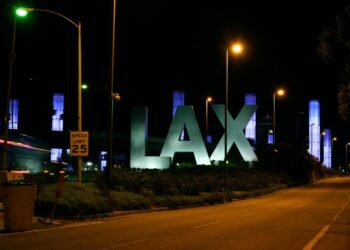Aside from April Fool’s Day, it’s during April that we celebrate National Grilled Cheese Sandwich Day, National Shrimp Scampi Day, National French Toast Day, National Blueberry Pie Day, National Prime Rib Day and – perhaps most iconically – National Eggs Benedict Day, which happens April 16.
That’s because April is also the beginning of the Sunday brunch season, which seems to reach its height on Mother’s Day in May. And is there any dish more closely connected with Mother’s Day than eggs Benedict?
It’s not a dish I grew up with. For those of us raised in a blue collar, working class neighborhood, even the term “eggs Benedict” was little known. My first impression of it was as a dish eaten by moms who wore white gloves in public, and had veils on their hats. (Indeed, women who wore hats from milliners – a word that’s as forgotten as those veils on the hats they created!)
For Mother’s Day, I’d take my mom out for pancakes and waffles – down-home chow a world apart from what was nibbled at fancy destinations of the day, with names like Schrafft’s and Patricia Murphy’s Candlelight Restaurants. (Seriously! “Candlelight” was part of the name!)
I can’t remember the first time I had eggs Benedict. But I do recall being struck by how messy such a fancy dish could be; when those poached eggs broke open, they spread all over the plate like a living thing. And of course, as ever, like many iconic dishes, the roots of eggs Benedict are foggy at best.
A Wall Street stock broker named Lemuel Benedict claims to have invented it in 1894 at the original Waldorf Astoria location in New York – at Fifth Avenue and West 34th Street, where the Empire State Building now stands – as a hangover cure. But it’s also been credited to Commodore E.C. Benedict. And to a regular, named LeGrand Benedict, at Delmonico’s in New York.
There sure are a lot of people named Benedict out there who apparently like their eggs atop muffins with smoked meat…
Read the full article here







